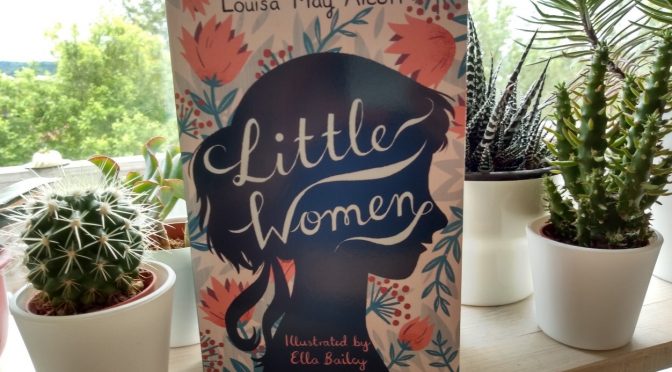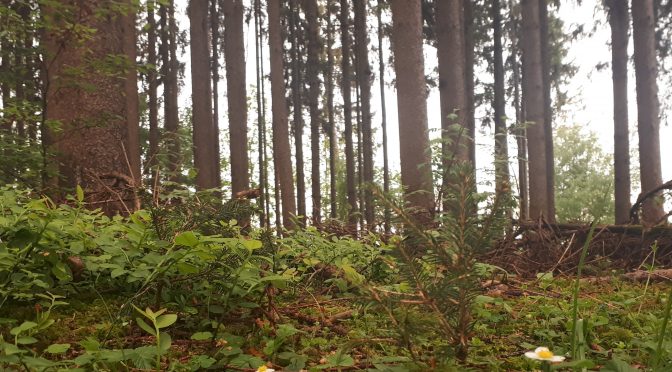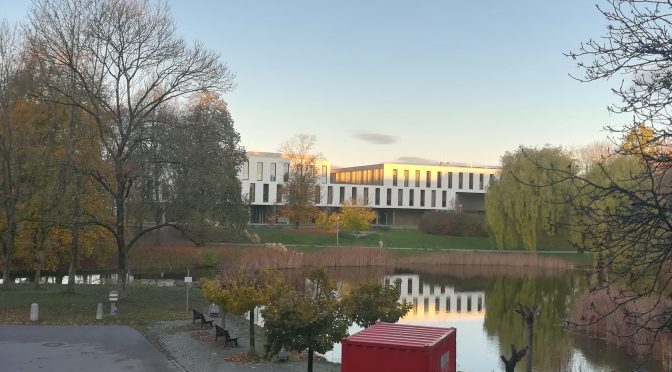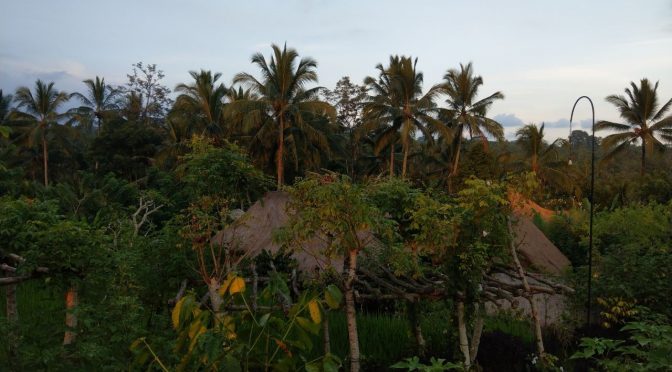Who doesn´t love popcorn? It´s crunchy, chewy and puffy, it can be salty or sweet – all in all, it´s just incredibly tasty. Popcorn is one of the most popular snacks and has been enjoyed across the globe for centuries. But have you ever wondered how popcorn became such a popular snack?
A historical recap
Popcorn actually is a truly ancient dish! The oldest popcorn known to date was found in South America approximately 5,000 years ago. Native Americans not only ate it but also used it do decorate ceremonial embellishments, clothes and necklaces. As colonists arrived in the New World, they became fond of Native American food. Not only was popcorn enjoyed as a snack, but it was also eaten with milk and sugar like a breakfast cereal. The story of popcorn´s rise to prominence continued with vendors selling the snack near crowds, especially outside theaters, circuses and fairs in the 18th century. This gave birth to popcorn being sold as a classic movie snack later. During the Great Depression, the corn kernels gained even more popularity since it was the only snack many people were still able to afford.
Salty or sweet? – it is not that easy
Enjoying a bag of popcorn isn´t limited to just a few countries anymore. I´m a popcorn addict who got the chance to travel the world during the past few years. On my journey I experienced that each country enjoys its popcorn in very different ways, which honestly surprised me.
Let´s have a look at three places that stand out when it comes to the enjoyment of my beloved snack.
USA
Apparently, the Americans have really weird popcorn-eating habits. They mainly like to eat it salty, which is fine by me. But why do they drizzle butter on top making it all soggy? It is also very common to add cheddar cheese which makes them even more greasy. Mostly Americans either enjoy their popcorn at the movies or as a late-night snack at home cooked in the microwave. However, popcorn has been reinvented over the past few years in the US. If it´s dry popped in hot air without oils, fats, salt or sugar it´s actually low in calories, high in fiber and contains many nutritious antioxidants.
Singapore
This country´s love for the fluffy snack is exceptional – you can get any type anywhere at any time. Popcorn usually is part of the standard Singaporean diet and a common snack at work or served before dinner. The Malaysian brand Eureka is the most popular popcorn brand in South East Asia and sells common flavors like sea salt and caramel as well as fancy flavors like seaweed, curry or white coffee.
Australia
Unlike in Germany where flavor options are usually limited to sweet or salty, Australia has a huge selection of popcorn in movie theatres. The abundant flavor choices include French Vanilla, salty caramel or white raspberry. I found my first and foremost, all-time favorite flavor called Rocky Road Popcorn in Melbourne. The Popped kernels were mixed with salted cashews and melted Hershey´s chocolate. In the end they put mini marshmallows on top, which made them the unhealthiest but best popcorn I have ever had in my life.
To all the popcorn addicts: Popcorn is a delicious snack that came from America but is enjoyed all over the world in different ways. Whichever way you like it most, if you´re a real popcorn lover, you should open your heart to new adventures and tastes and just keep popping along.
author: Hannah Reichle




